The assessment begins by determining the student’s field preferences, color preferences, need for movement, light and visual latency.
Visual Field Preference
Only viewing objects/light/etc. within certain fields (upper, lower, lateral, and midline).
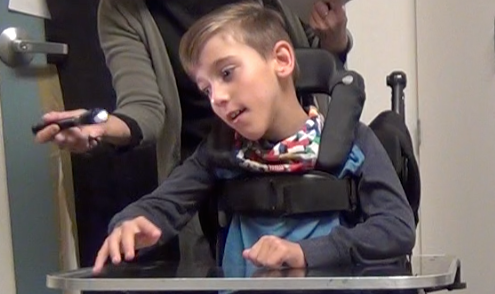
Color Preference
Exhibiting a strong visual attraction towards a target of a particular color (e.g., red or yellow).
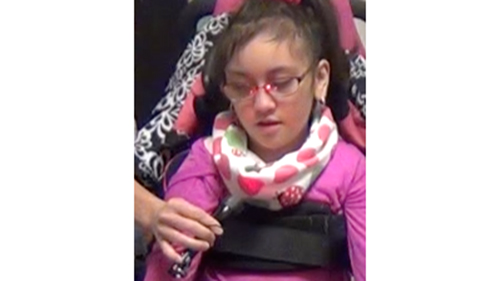
One strategy for determining color preference is to use different colored filters on a flashlight. With a red filter on the mag light, Savannah finds the light in her lower right field. She was unable to find the light in this field when a white filter was used. The color filter on the mag light can be changed to determine which color better attracts the student’s visual attention, thus determining a color preference.
Need for Movement
The tendency to be visually attracted towards objects that move or have properties of movement through shiny or reflective materials rather than objects that are still. This may also manifest in that the student attends better visually while in movement (e.g., moving whole body in walker or moving head back and forth over a still object).
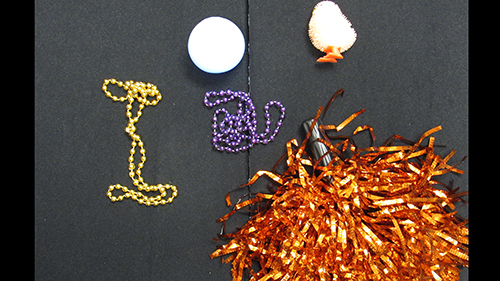
Need for Light
The degree to which light attracts a visual response.
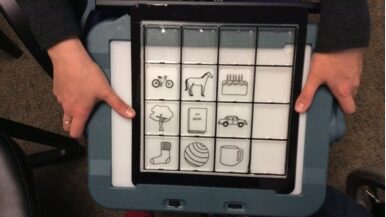
Visual Latency
The time it takes to visually orient towards and/or look at a target. For our students, latency may be due to vision and/or influenced by their physical impairment. Whatever the reason for the latency, it is important to document how much time should be given to a student to visually target an object and when the object should be moved into their visual field to better support their physical needs.
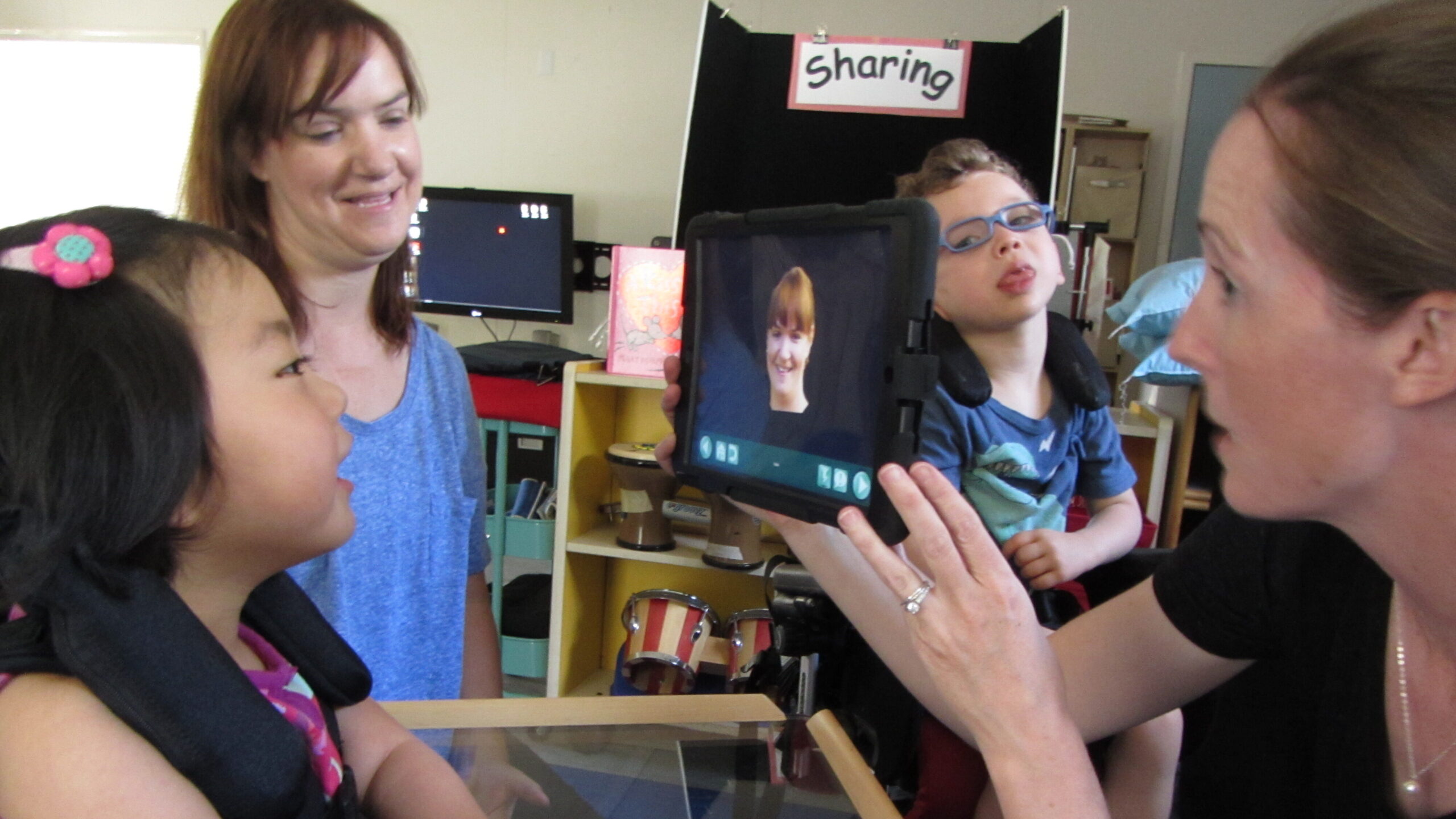
Supplies needed to assess these characteristics in the direct assessment:
- Mag lights with color filters are used to assess a student’s:
- response to light
- color preference, if any
- visual field preference
- visual latency or the length of time a student takes to visually attend to the mag light
- Shiny objects, lights, lights paired with objects.
- Light box and iPad to evaluate backlighting.
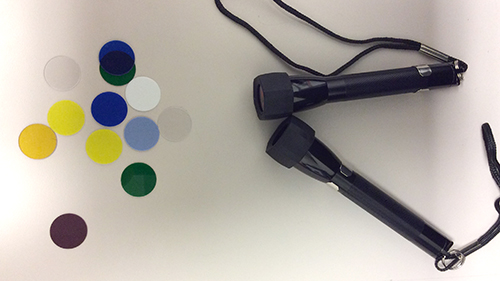
A mag light with different colored filters can be used in a variety of ways in the assessment process.
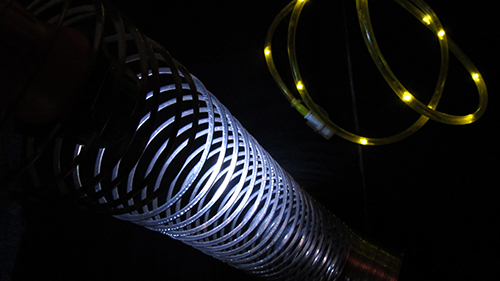
Light and movement are used to determine if lights, shiny objects and light paired with movement (a light shining on a slinky) can consistently recruit vision for students who typically demonstrate minimal functional vision. Rope lights, beads, light up balls, mylar and a slinky are used during the assessment.

Rope lights, beads, light up balls, mylar and a slinky are used during the assessment.

Light can also be used to assess if students benefit from consistent light sources for learning. Here a 2-dimensional drawing is presented on a light box.
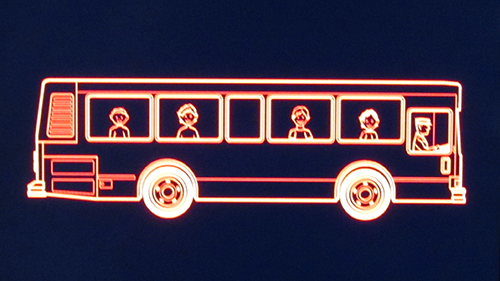
Another example is a 2-dimensional picture presented on an iPad.


